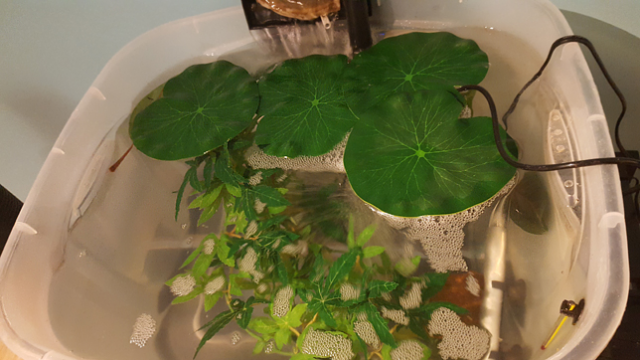I've done both in the past. The proper way, and the russian roulette way. And the correct and sensible way is certainly NOT the latter!
One thing to note regarding "trusted" LFS's though. Their fish may be wonderfully healthy and you think you're safe dumping them straight in your tank.
All it needs is for those wonderfully healthy fish to have a stressful time, which is usually the case, on the way home sloshing about in the bag in the car, and those fishes immune systems are then potentially compromised.
Throwing them into new surroundings adds to their turmoil and before you know it your wonderfully healthy fish have ich, as do the rest of your stock to boot!
And then to rub salt into your wounds, if you have a big tank you have to medicate the whole dam thing at mega cost!
One thing to note regarding "trusted" LFS's though. Their fish may be wonderfully healthy and you think you're safe dumping them straight in your tank.
All it needs is for those wonderfully healthy fish to have a stressful time, which is usually the case, on the way home sloshing about in the bag in the car, and those fishes immune systems are then potentially compromised.
Throwing them into new surroundings adds to their turmoil and before you know it your wonderfully healthy fish have ich, as do the rest of your stock to boot!
And then to rub salt into your wounds, if you have a big tank you have to medicate the whole dam thing at mega cost!












